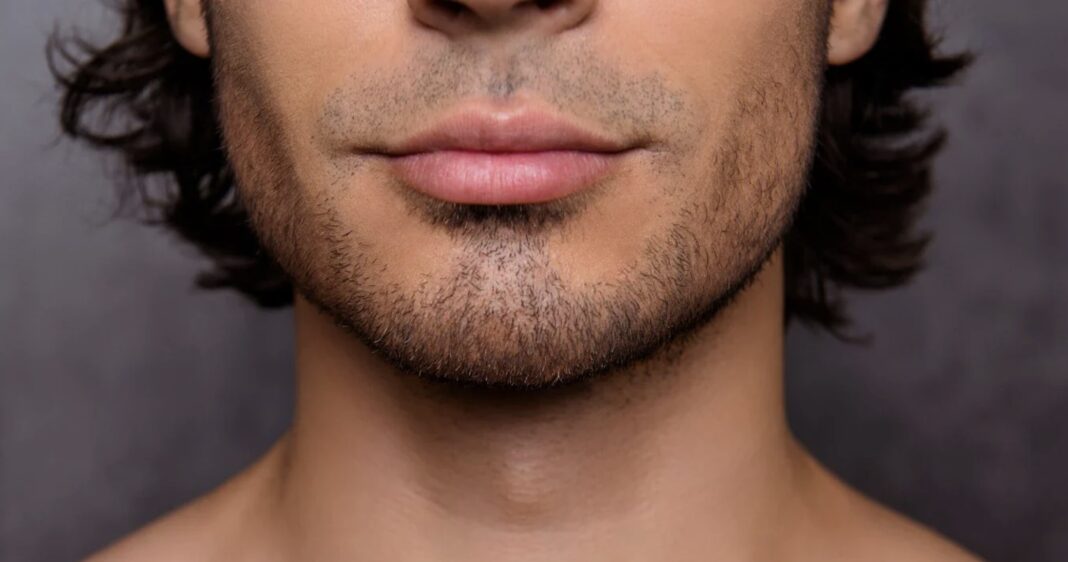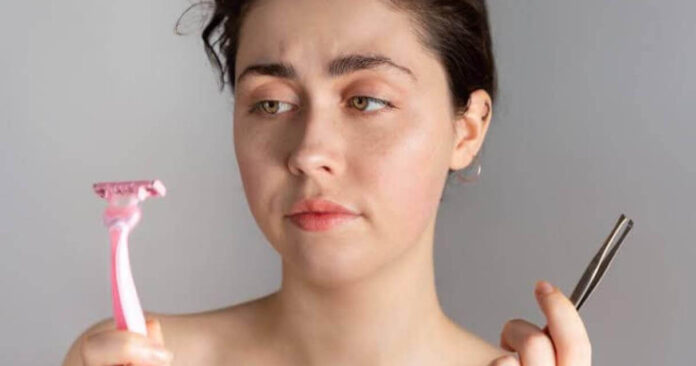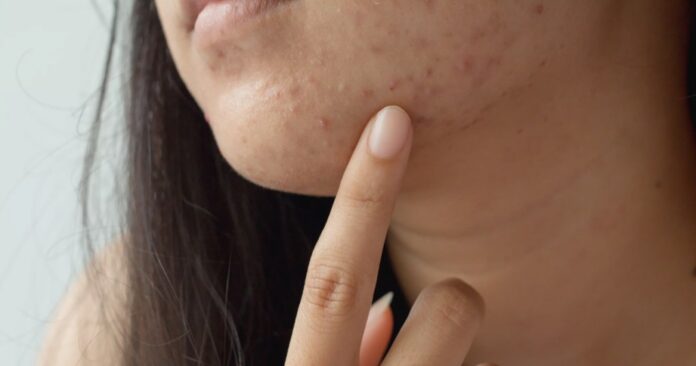Razor bumps, also called pseudofolliculitis barbae (PFB) or sycosis barbae, are a huge dermatological concern among individuals who regularly shave their hair or engage in other hair-removing practices as well. These bumps present as inflamed and red (erythematous) small nodules surrounding the hair follicles and at times are painful and make the affected people feel uncomfortable. While razor bumps are a benign condition, their recurrence can cause prolonged inflammation, which can lead to scarring and predisposition to developing secondary infections, significantly impacting the quality of life for those affected. As a dermatologist, it is imperative to explain the underlying mechanisms of razor bumps in detail and make the patients aware by telling them about effective strategies to prevent their occurrence. This article will give comprehensive information on razor bumps; their cause, clinical presentation, ways to avoid them, and skin treatments.
Table of Contents:
What are Razor Bumps? How Do They Occur?
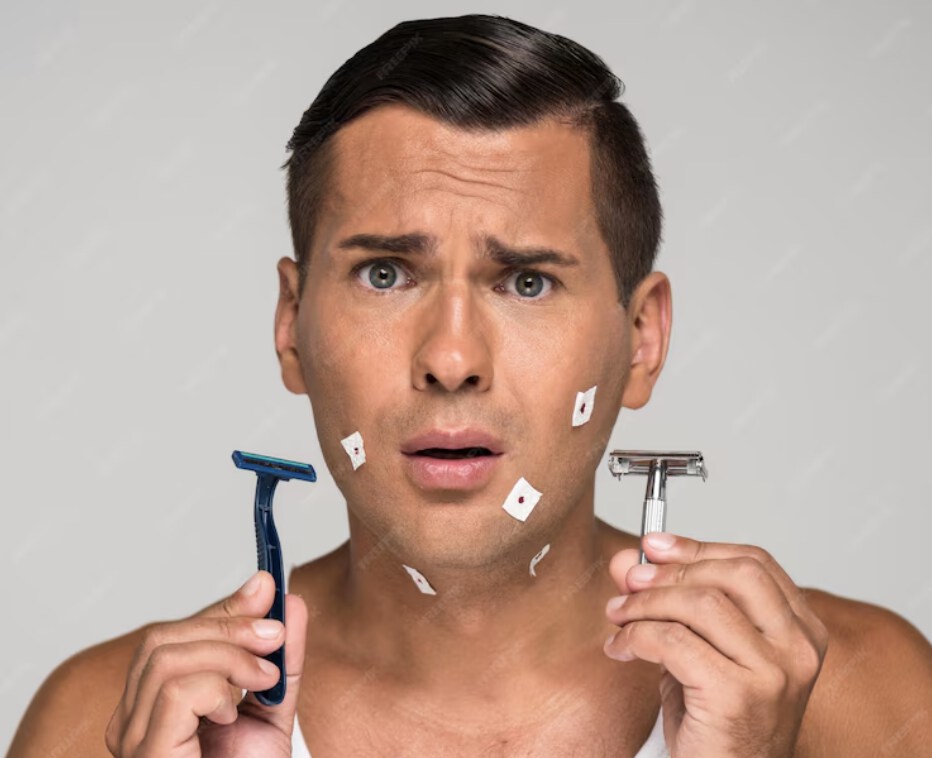 It is important to note that the major causative agents are mechanical stress brought about by the shaving process. Whenever persons shave, the leading edges of the razor blade cut the hair shaft at such an angle by amputating a pointed end that it may cut the skin once it grows again leading to the development of a razor bump. This regrowth occurs at the follicular orifice resulting in inflammation and the creation of papules or pustules. In addition, individuals with curly or coarse hair are more likely to get razor bumps than people with smooth faces. This can be attributed to the ability of the hair to regrow almost touching the skin surface thereby increasing inflammation in the affected areas.
It is important to note that the major causative agents are mechanical stress brought about by the shaving process. Whenever persons shave, the leading edges of the razor blade cut the hair shaft at such an angle by amputating a pointed end that it may cut the skin once it grows again leading to the development of a razor bump. This regrowth occurs at the follicular orifice resulting in inflammation and the creation of papules or pustules. In addition, individuals with curly or coarse hair are more likely to get razor bumps than people with smooth faces. This can be attributed to the ability of the hair to regrow almost touching the skin surface thereby increasing inflammation in the affected areas.
In addition to that, practicing inadequate shaving techniques, such as shaving in the wrong direction or “against the grain” or even using dull blades increases the chance of developing razor bumps even more. Shaving against the grain also heightens the chance of hair curling back into the skin, whereas dull blades fail to provide a clean cut which results in uneven regrowth and increased friction against the skin. Consequently, these practices sustain the cycle of inflammation and exacerbate the razor bump formation further.
Clinical Presentation
Clinically, razor bumps present as small, red (erythematous), raised (inflamed) pustules surrounding hair follicles, typically noted in areas that undergo frequent shavings, such as the face (in males), neck, underarms, and the pubic area. These bumps may be accompanied by itching or burning sensations, and pain on touching the affected area. In extreme cases, razor bumps can turn into pustules, nodules, or hypertrophic scars depending on the personal history or skin type of the individual and the history of repeated inflammation.
Prevention Strategies
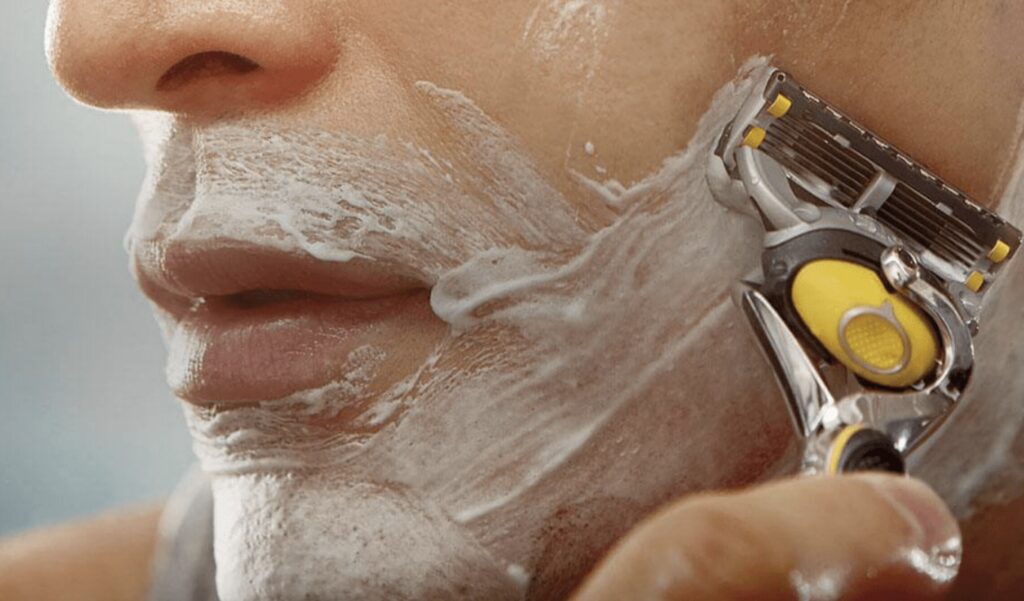
Preventive measures on razor bumps are primarily aimed at measures to be taken both on the part of shaving technique as well as on the part of skin care regimen and treatment. A considerable amount of effort should be taken in spreading awareness regarding shaving practices and a significant emphasis should be placed on shaving in the direction of hair growth as it reduces trauma to the hair follicles a great deal. Furthermore, using a sharp and clean razor and also ensuring that it is replaced frequently will enable one to get a smooth shave that will not cause rashes on the skin. Never pull a skin or skin area in order to shave especially where the body hair is heavy. When shaving it is recommended to use short strokes and one should avoid touching the area with the razor more than necessary.
Moreover, skincare routines before and after shaving play a pivotal role in preventing razor bumps. A gentle exfoliation before shaving helps remove the dead cells from your skin and it also relaxes the hair follicles, facilitating you to shave smoothly. Using a lubricating shaving cream or gel minimizes friction and, therefore, reduces irritation by creating a protective barrier between the razor and the skin. After shaving, it is advisable to apply soothing, anti-inflammatory products such as aloe vera gel in a small amount preferably after consulting a dermatologist to alleviate any irritation and promote skin healing. Therefore, it is safer to use an electric shaver or a trimmer because it reduces the chances of developing razor bumps.
How to Treat Razor Bumps?
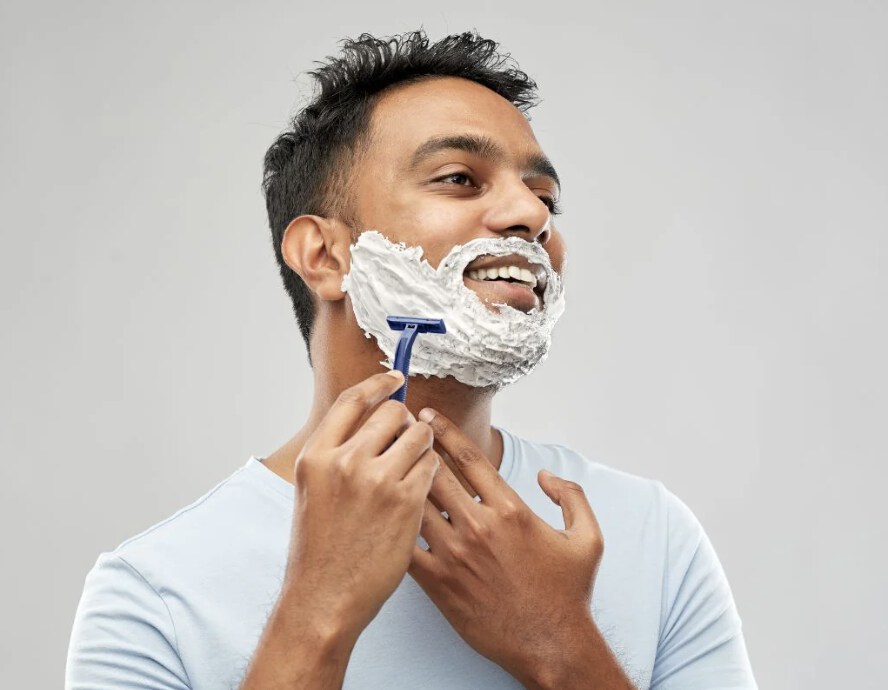
There are instances where razor bumps persist despite preventive measures, dermatological interventions may be necessary to alleviate symptoms and prevent recurrence. At this stage, it is necessary to visit a dermatologist to get a tailor-made treatment. Topical treatments containing salicylic acid, glycolic acid, or benzoyl peroxide can help exfoliate the skin, reduce inflammation, and prevent bacterial growth. In addition to that, topical corticosteroids may be prescribed by a certified dermatologist as well to settle severely inflamed areas and discomfort for a short duration. Steroids are not applied for a longer period as they damage the skin in the long run in many ways. Therefore, a follow-up is necessary as well.
For individuals suffering from recurrent or severe razor bumps, laser hair removal or electrolysis serves as a long-term solution because it targets the hair follicles and inhibits hair regrowth in successive sessions. These procedures will not only reduce the frequency of razor bumps but will also improve the texture and appearance of skin over a certain period and, in most cases, by even reducing pigmentation. However, it is essential to discuss the potential risks and benefits of these treatments with a dermatologist and he will tailor the approach to your individual needs and preferences.
Conclusion
Razor bumps are of significant concern for those individuals who practice regular shaving practices, causing discomfort, an unpleasant outlook, and adverse outcomes that are of cosmetic concern. Therefore, it becomes the responsibility of dermatologists to spread awareness among patients on proper shaving techniques, implement preventive strategies, and offer tailored interventions to address the development of razor bumps in an effective manner. With a holistic approach focusing on patient education, skincare routines, and targeted dermatological interventions, it is possible to help people effectively manage razor bumps, improving their skin health and overall well-being.

 By Ahsan Farooq Khan
By Ahsan Farooq Khan
